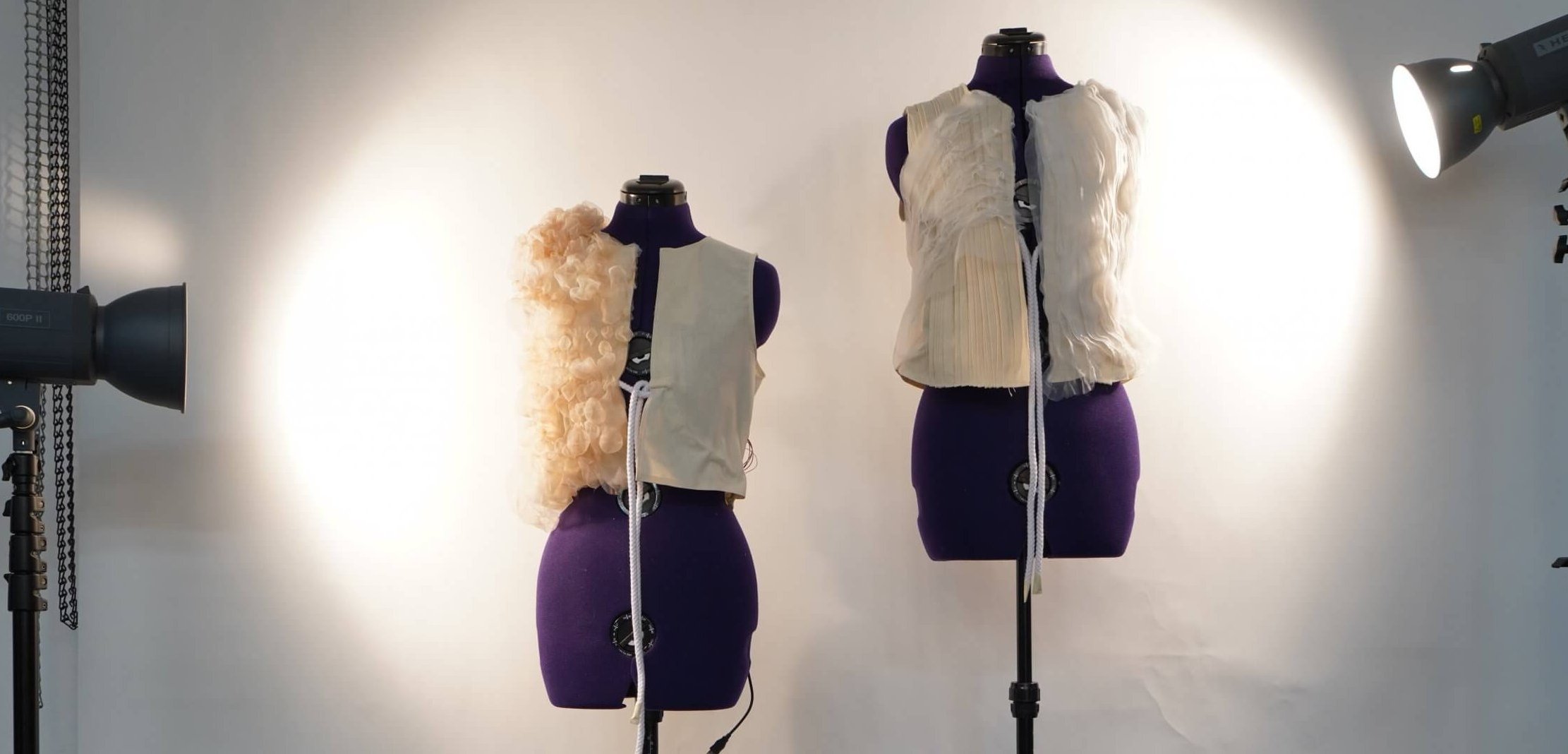The Project
Social interactions between individuals are a substantial and important aspect of personal well-being and family cohesion. However, families are increasingly geographically separated, due to job requirements, international marriages, health issues, or political circumstances. Existing audio and video communication technologies over distance lack further qualities that are inherent to co-located social interactions, many of which are associated with the physicality of our world, e.g., our (shared) interaction with material artifacts, experiencing bodily closeness, such as hugs.
Our vision: Designing (Playful) Interactions for Remote Living Families
We aim to understand the current practices of physically dislocated families, for example, means of communication, frequency of contact, preferred games that are played over the distance, aspects that they miss about the remote other. These insights are used to inform design processes for creating meaningful tangible interactions for remote families.
Physically Dislocated Play
Within this project, we focus on interactions that are essentially characterized by a tangible / physical engagement over distance. In order to explore physicality in remote interactions, we investigate the potential of play as it is deeply embedded in our social and situated practices.
We are exploring two examples of play: board games and toys. Both have recently witnessed substantial changes. With the digitization of games, a de-materialization of previously purely physical board games and toys took place; they conquered the market and enabled dislocated play. Recently, a re-materialization of previously digitized artifacts began to take place, rethinking the combination of the digital and physical world towards hybridity.

However, most hybrid games and hybrid toys do not fully harvest the potential of their digital components and the computational power added to physical play for creating new forms of remote communicative play patterns. Existing instalments of hybrid games use their computational add-ons only in a very limited way, by simply adding visual augmentations, rather than enabling new kinds of interactions and physical engagements. In order to overcome these limitations, we investigate the following research question:
How can we bridge the gap between (remote) digital and physical interactions by designing concepts for dislocated tangible play?
Remote Body
Physically dislocated families have various means of communication, but all of them lack the ability to share physical touch, hugging, feeling the body warmth of the other etc. These bodily qualities are often missed when families are far apart, as they enable a sensory experience the other person. We explore in this project the body as a design material for communication over distance, and for exchanging the sensation of physical closeness, such as a hug.
The first instance of exploring the potential of body engaged with the physical distance family members experience critically. We created wearable artefacts that manifest the fading and ephemerality of being physically close to each other. For example, one pair of wearable artefacts aims to resemble the aliveness of another person through moving textiles and how one cannot experience that aliveness when being far apart. Once the wearables are in the same place, the textiles mechanically move very frequently, but once the wearables are not physically close, they movement fades and finally stops completely. Our aim was to embody the emotions of fear of loosing a remote living family member and the lack of experiencing the aliveness of the person living far apart.

We are currently further exploring the potential of body, and investigate the following research question:
How can the body be a medium for connecting physically dislocated family members?
Approach
During this three-year project, we aim to:
- explore tangible materials that can support dislocated physical experiences
- research how such playful interactions can support grandparents and grandchildren in building and maintaining meaningful relationships over a distance
- yield new designs that will be evaluated with grandparents and grandchildren to address actual use and understand the effects of these new playful materials on their relationship

Team
Project Information
re:tangent is a joint project between the Center for Human-Computer Interaction, University of Salzburg, Austria, and the Meaningful Interactions Lab (Mintlab), KU Leuven, Belgium.
The financial support by the Austrian Science Fund (FWF): I 3580-N33 and the Research Foundation Flanders (FWO) is gratefully acknowledged.
Contact
Verena Fuchsberger
Center for HCI
Universität Salzburg
Jakob-Haringer-Straße 8 / Techno 5
5020 Salzburg

